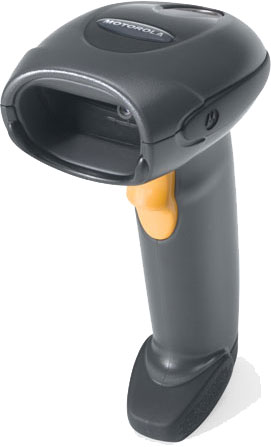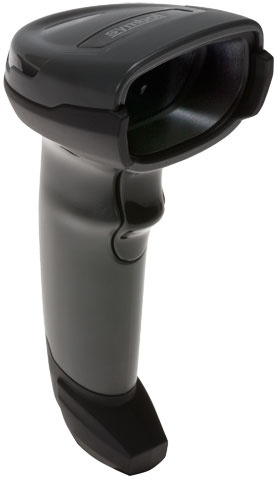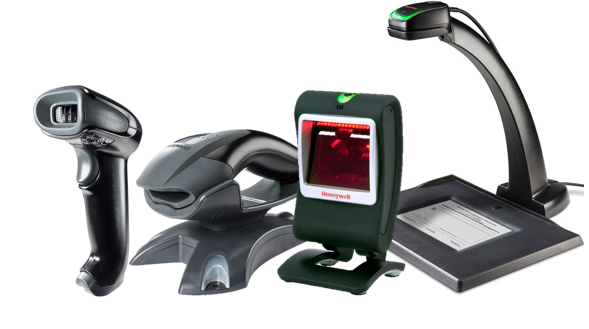Zebra DS4208 vs. DS4308 Side-By-Side Comparison
When choosing the right 2D imager you ultimately need a device that meets the demands of your specific application while being easy to use out of the box.
Historically, the DS4208 was one of the most popular imagers from Motorola/Zebra which has been discontinued and replaced with the even more capable Symbol DS4308. The chart below is a quick comparison of the new features and capabilities found in the newer DS4308.
If you’re looking for a new 2D imager, the DS4308 is a scanner that will easily improve the efficiency and speed of any scanning application.
 DS4208 |
 DS4308 |
|
|---|---|---|
| Market Positioning | Introductory: 1D/2D Imager for paper/ mobile bar codes | 2nd Generation: 1D/2D Imager with PRZM technology which enhances decode performance and snappiness, dramatically improving the user experience |
| Market Advantage |
|
|
| DEFAULT SETTINGS | ||
| Quick Keypad Emulation | Disabled | Enabled |
| Unique Barcode Reporting in Continuous Barcode Mode | Disabled | Enabled |
| Emulate Numeric Keypad | Disabled | Enabled |
| Length for Code 39 | 2 to 55 | 1 to 55 |
| Code 93 | Disabled | Enabled |
| Length for Code 93 | 4 to 55 | 1 to 55 |
| Interleaved 2 of 5 (ITF) | Disabled | Enabled |
| Lengths for I 2 of 5 | Fixed Length = 14 | 6 to 55 |
| Length for D 2 of 5 | Fixed Length = 12 | Any Length (1 to 55) |
| Codabar | Disabled | Enabled |
| Lengths for Codabar | 5 to 55 | 4 to 55 |
| Matrix 2 of 5 Lengths | Fixed Length = 14 | 4 to 55 |
| GS1 DataBar Limited | Disabled | Enabled |
| USB Fast HID | Disabled | Enabled |
| USB Polling Interval | 8ms | 3ms |
| Different Symbol Time-out | 200ms | 100ms |
Top Ten Reasons Retailers Upgrade to Area-Imagers
 Traditional laser scanners read linear bar codes at the point-of-sale—a technology that greatly simplified checkout. But today’s highly developed area-imaging scanners enable greater capability and flexibility, putting far more productivity into the hands of retail employees and allowing for revenue-generating mobile marketing initiatives.
Traditional laser scanners read linear bar codes at the point-of-sale—a technology that greatly simplified checkout. But today’s highly developed area-imaging scanners enable greater capability and flexibility, putting far more productivity into the hands of retail employees and allowing for revenue-generating mobile marketing initiatives.
With these advantages, it’s no wonder VDC’s 2013 Report forecasts area-imaging scanners sales to grow at a rate of 13.4% for the next three years, compared to the expected 7.3% decline for laser-based scanners over the time period. Imaging technology is firmly established as a cost-effective, durable, technologically capable alternative to laser-based systems. Plus, imagers are capable of supporting retailer’s mobile marketing programs, capturing mobile coupons right off customers’ smartphone screens or automatically collecting their information from ID cards for loyalty program auto-enrollment. Continue reading »




